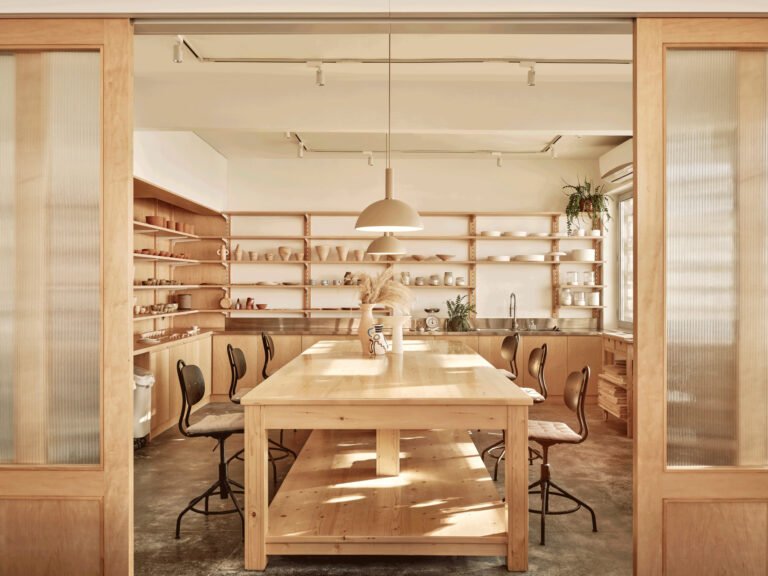Anima House / 24 7 Arquitetura
Anima House / 24 7 Arquitetura


Text description provided by the architects. This single-family residential project was commissioned by Anima Incorporações, a new company in the market, whose premise is the development of sustainable and innovative projects. The house is a “model” designed to exemplify the company`s principles and to promote it in the market. Without a specific client, a usual and functional project, devoid of very specific and customized characteristics, was conceived in order to fit in as an ideal project for almost any family of 4 to 5 people.

The house’s ground level consists of a garage for 2 cars, a living room with higher ceilings, a dining room, a kitchen, a laundry room, a restroom, and a barbecue area. On the upper level, the house has 1 suite and 2 bedrooms with a shared bathroom and an office.




Positioned along the lot’s longest length, as a narrower rectangle in relation to the lot’s width, the house opens to the morning sun and brings to the project an interesting lateral relation, in which the mandatory setback connects to the gardens and pool area. Such positioning seems very interesting to us since the residents constantly tend to feel invited to explore the external area of the house and the gardens, strengthening the idea of a continuous and fluid architecture.


The choice of engineered wood as the project’s construction system was crucial to increase the sustainability level of the project. It was fully designed to result in a dry, clean, and very rational construction, resembling an assembly process rather than a construction process, guaranteed by the industrialized and prefabricated characteristics of wooden architecture.

Casa Anima has its entire constructive system centered on engineered wood, from the structure executed in Glued Laminated Timber, to the claddings, all in a wood frame. The logic of the use of glued laminated timber allowed an incredibly fast, precise, and efficient execution, with minimum waste and residue generation near zero.




The project includes rainwater reuse for garden irrigation, solar water heating, and, through photovoltaic panels, produces the solar energy necessary for its full operation. Through a thermal-energy simulation, it was possible to make some important decisions aiming to adjust the percentage of glass openings, the composition of the materiality of the claddings, and the importance of the correct use of internal solar screens, resulting in a house with the lowest possible consumption of electricity.







